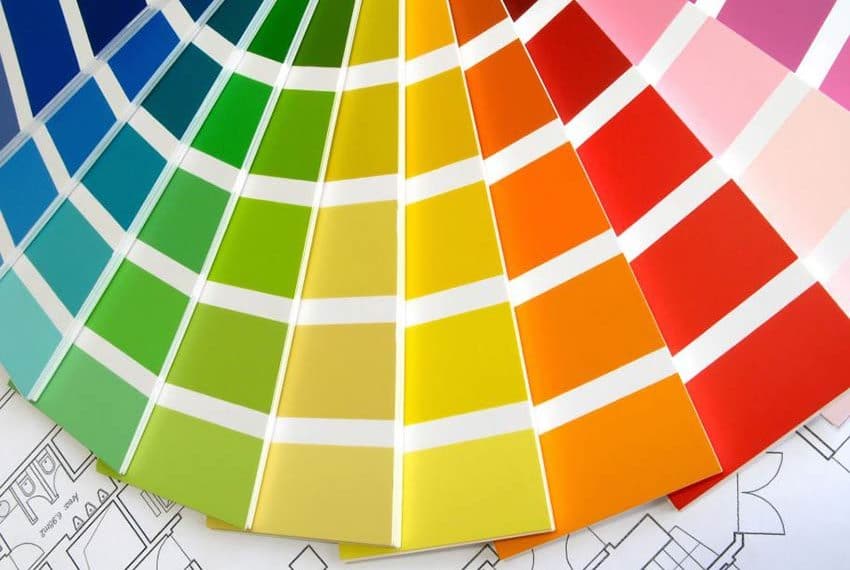
Begin with colors suggested by your roof and masonry. Consider the color schemes used inside your home – Exterior colors should harmonize with the interior. Don’t clash with your neighbors! Choose colors that coordinate with the buildings around you. Large surfaces make paint look lighter. Consider selecting darker shades. Remember that very bright or very deep colors will fade.
- To emphasize architectural details, outline them with an accent color that contrasts with the background.
- Use darker colors to emphasize shadows and lighter colors to show projections.
- Avoid extreme contrasts. Choose colors that are related.
- Study color samples outside, but never in direct sunlight. Bright sun will distort the color.
- Photocopy a sketch or photograph of your house. Use watercolors or colored pencils to try color combinations.
- Before buying large quantities of paint, buy quarts of your selected colors and paint one area of your house.
Take your time… be creative… and have fun!
Tips:
1. The simpler your house, the fewer colors you’ll need. For an elaborate Victorian house, plan to use four to six colors.
2. Light colors will make your house seem larger. Dark colors or bands of trim will make your house seem smaller, but will draw more attention to details.
3. For some accents, consider using darker or lighter shades instead of changing color.

